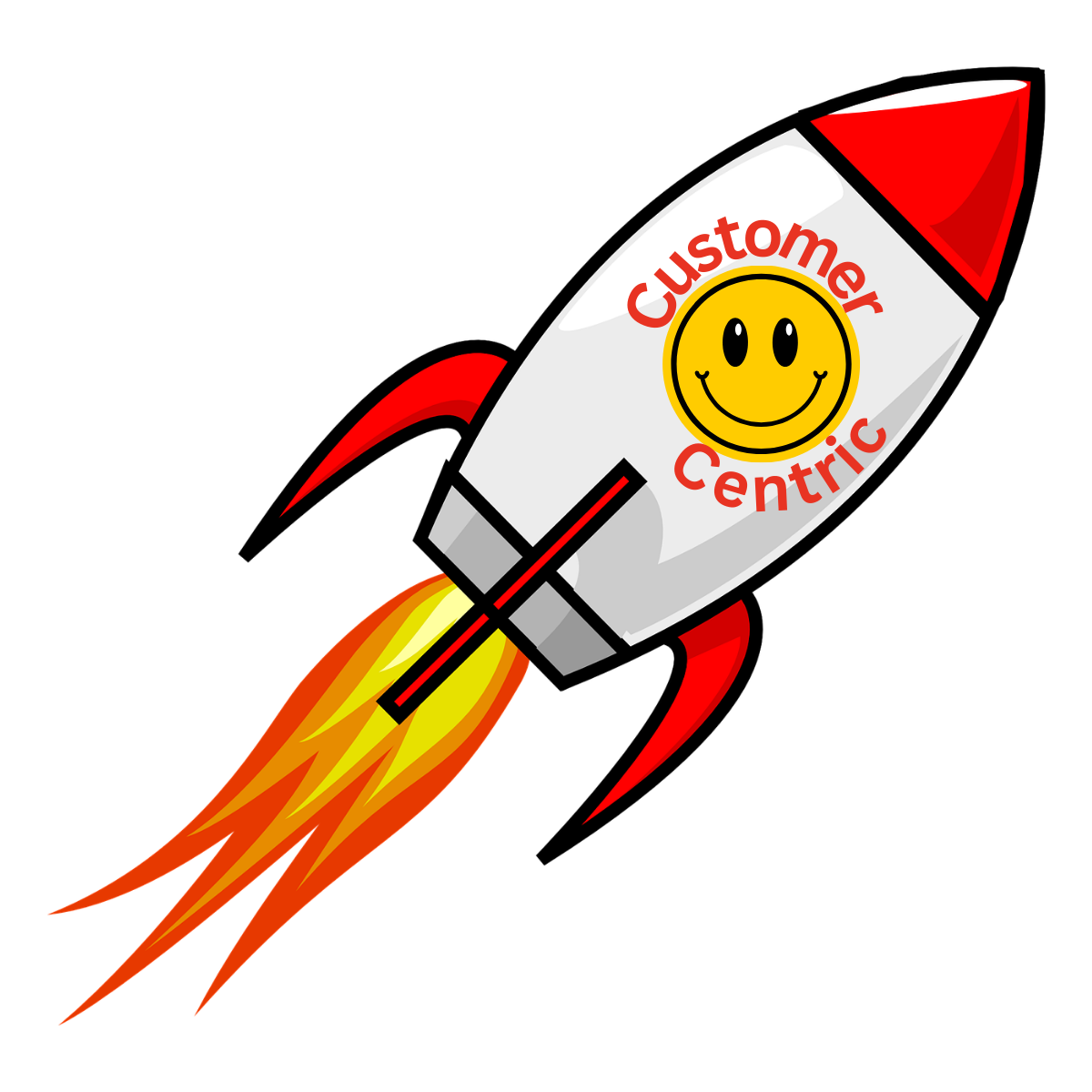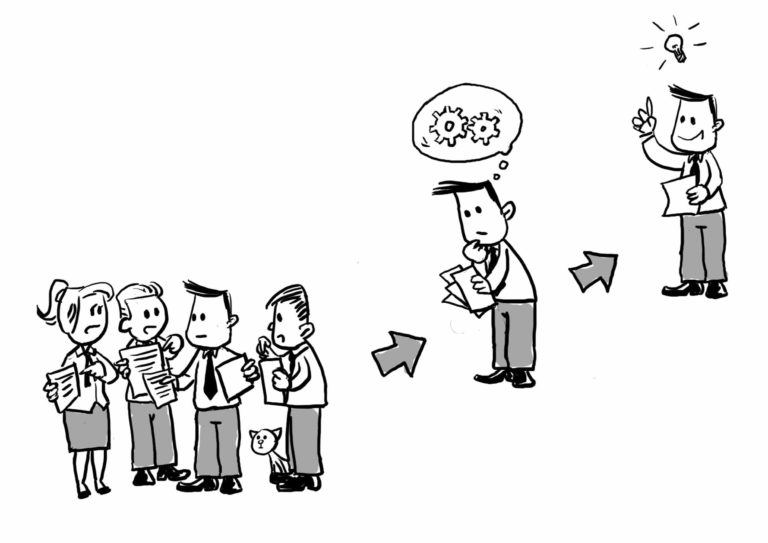Here at C3Centricity, we publish books (Winning Customer Centricity, The Winning Secrets Series), articles, online courses and one of the most popular CPG blogs on customer centricity.
That’s because we’re passionate about helping companies successfully adopt a customer-first strategy.
Since we founded C3Centricity in early 2011, one of our traditions has been to share the most popular posts on customer experience at the beginning of each new year.
This past year has been particularly successful for C3Centricity, with many of our newest books and posts getting the top scores globally! This is quite tough for a blog that has been running for over 13 years and highlights the quality of the content we share each month.
If you’re not yet subscribed, click the link below so you don’t continue to miss the great content we share.
Of course, a few perennials have also appeared in our top 10 list for years, such as the ones on insight development and customer observation.
Since no brand is successful without a foundational insight, and customer understanding is its essential basis, these two will always be popular. They have also remained on Google’s first page for years, which certainly confirms their never-ending need for marketers to fully master.
Take a look at the Top 10 articles of 2024, and see if your own favourites are there.
If not, then please let us know in the comments. Thanks.
Remember to click the title of any posts you missed to read the full content.
If you prefer to listen rather than read:
1. The Power of Atomic Change to Unlock Quantum Growth in Any Business

In this article, C3Centricity explores the concept of “atomic change”—the idea that small, carefully chosen shifts or improvements can combine to produce “quantum growth” for a business. The powerful new process QC2™ … Beyond CX was launched at the beginning of the year, so it is understandable that the introduction was the most popular post of the year.
In the article, we emphasize that while many organizations chase big, flashy transformations, it is often a series of minor, incremental adjustments that truly move the needle over the long run.
A key takeaway is that by focusing on one small area of improvement at a time—such as fine-tuning a customer insight process or adjusting team workflows—companies can gain significant benefits that accumulate and accelerate. The post draws parallels to the principle of marginal gains used in elite sports: tiny enhancements in diverse areas can lead to an outsized overall impact.
To implement atomic change successfully, it is suggested to:
- Define a clear vision and metrics so that each small improvement is purposeful.
- Ensure alignment and buy-in across the organization to sustain momentum.
- Encourage a culture of ongoing learning, open feedback, and continuous iteration.
It concludes by saying that when organizations consistently apply a mindset of small, strategic shifts, they unlock powerful—sometimes exponential—growth and competitive advantage.
2. The Power of Emotional Intelligence in Driving Business Growth
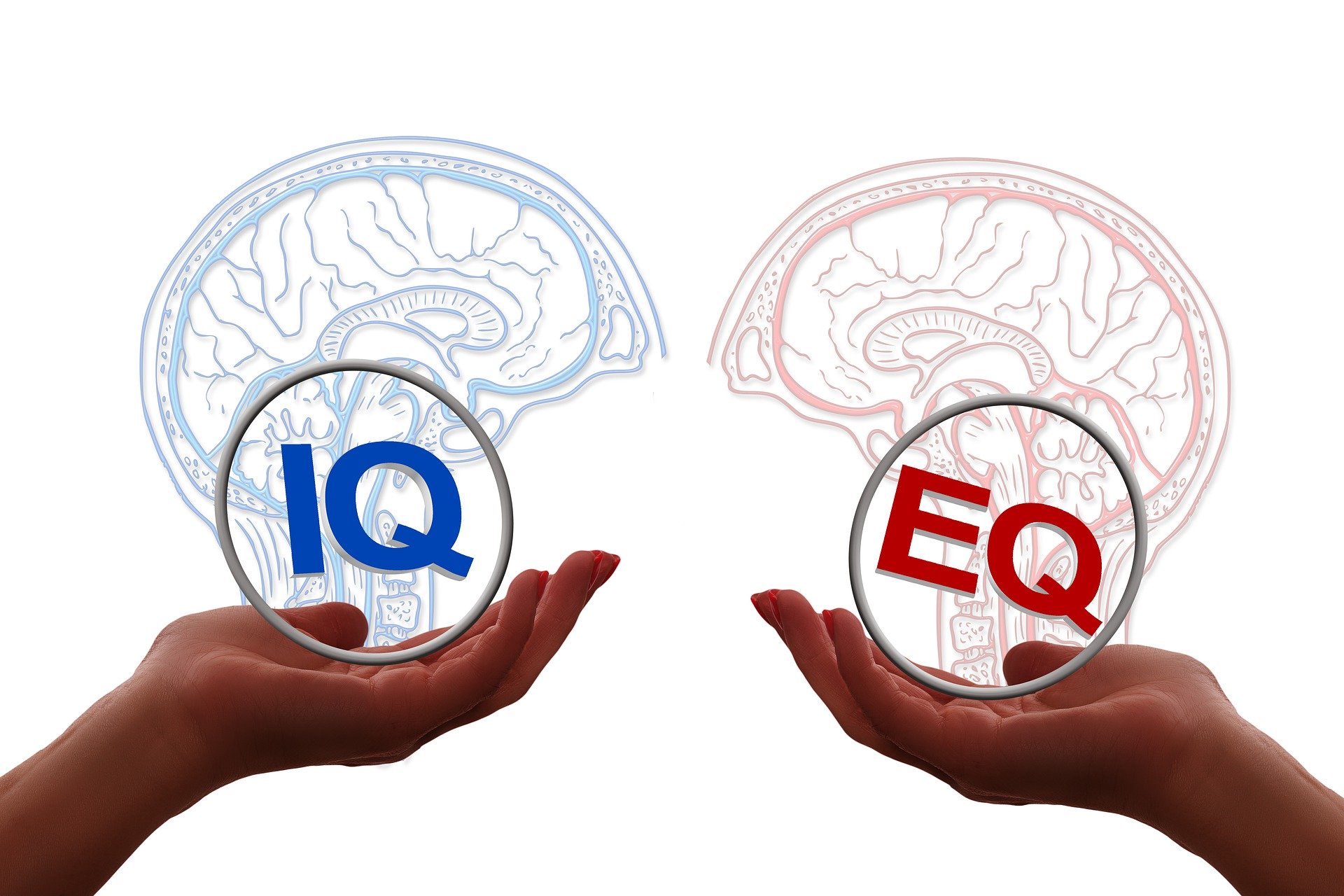
In this 2023 blog post, we discuss how emotional intelligence (EI)—the ability to recognize, manage, and effectively use emotions—can be a powerful catalyst for business growth. By fostering deeper empathy, strong communication, and better team dynamics, leaders and organizations can better connect with both employees and customers.
Key points include:
- Empathy as a Business Differentiator: Understanding customers’ and colleagues’ emotional states enables companies to craft more resonant brand messaging and deliver more meaningful experiences.
- Improved Leadership and Team Dynamics: Leaders who exhibit high emotional intelligence create positive work environments, encourage collaboration, and build trust—factors that directly impact innovation and performance.
- Enhanced Decision-Making: EI helps individuals remain composed under pressure, consider multiple perspectives, and make balanced decisions that benefit both the business and its stakeholders.
- Customer-Centric Culture: By acknowledging and addressing emotions in customer interactions, organizations increase loyalty and strengthen their competitive positioning.
Overall, the post emphasizes that investing in emotional intelligence—whether through training, leadership development, or everyday practice—can significantly bolster employee engagement, customer satisfaction, and ultimately, a company’s bottom line.
3. Twenty Ways to Delight Your Customers: Transforming Satisfaction into Loyalty
In this blog post, we share 20 actionable strategies for turning merely satisfied customers into truly loyal advocates. The focus is on delighting customers at every possible touchpoint, ensuring they feel valued, understood, and engaged.
Several of the key themes and tactics include:
- Exceed Expectations: Go beyond the standard level of service—offer small surprises or thoughtful gestures that demonstrate genuine care.
- Personalize the Experience: Use customer data and insights to tailor products, communications, and interactions to individual preferences.
- Be Consistent: Deliver the same high level of quality and service across all channels, from online platforms to in-person interactions.
- Invite and Act on Feedback: Make it easy for customers to share their input, then implement real changes based on what they say.
- Celebrate Loyal Customers: Show appreciation through loyalty programs, exclusive offers, or personalized recognition that keeps clients engaged.
- Invest in Employee Training: Equip employees with the skills and mindset to anticipate customer needs and consistently deliver delight.
Read the full article to discover all 20 ways.
Ultimately, the post emphasizes that when businesses focus on small, meaningful ways to exceed expectations and cultivate positive emotional connections, customers remain more loyal, recommend the brand to others, and drive sustainable growth.
4. Five Brilliant Ideas to Boost your Insight Development
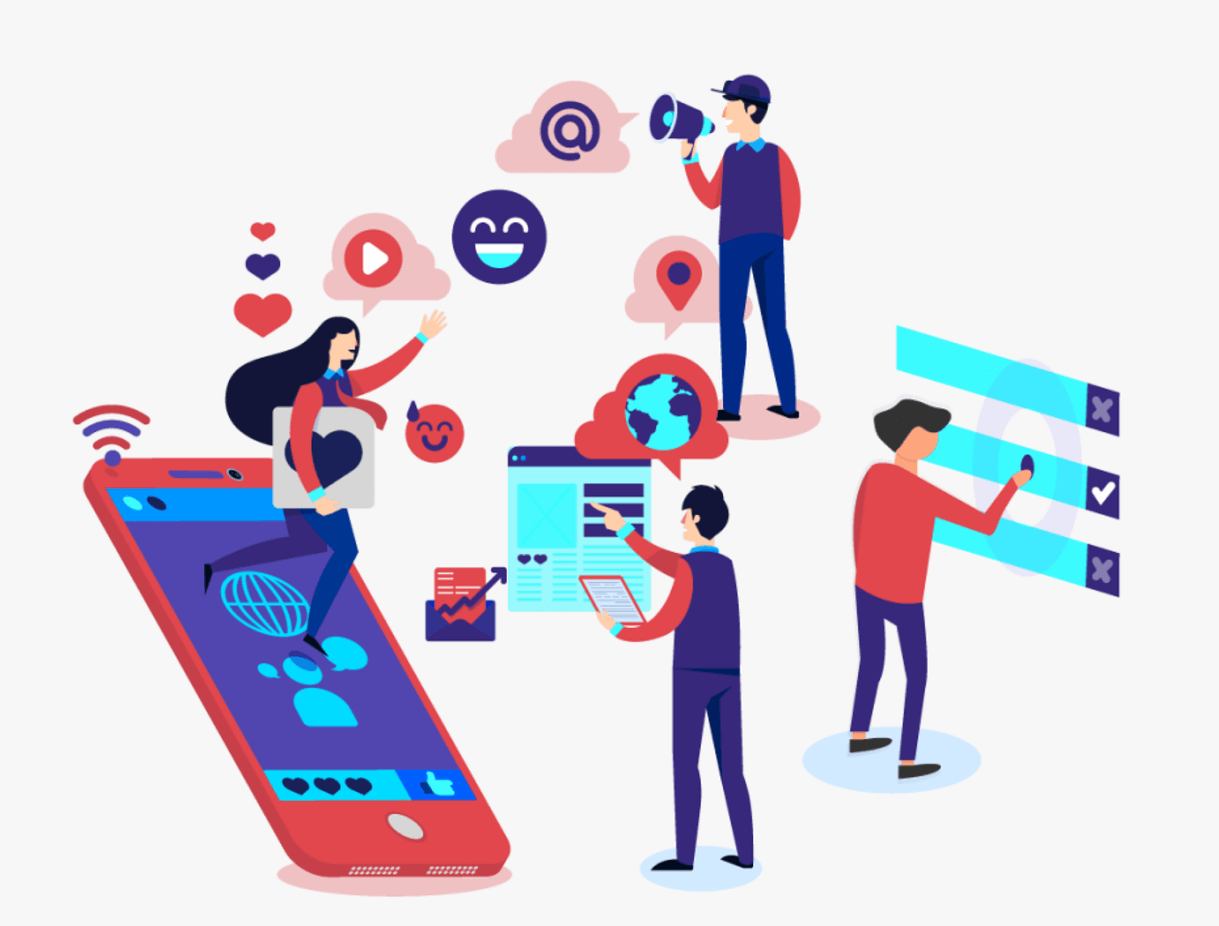
In this post, C3Centricity offers five practical ideas for organizations looking to elevate their insight development process. The overarching goal is to translate raw data into actionable, strategic intelligence that drives better decisions and stronger results.
- Clarify Your Purpose: Start with a clear understanding of the business challenge or opportunity. This ensures the insights you develop are relevant and aligned with organizational goals.
- Ask the Right Questions: Before diving into data, define what you need to learn. Formulating precise, targeted questions helps you sift through information more efficiently.
- Combine Quantitative and Qualitative Data: Use both numbers (e.g., sales figures, market research) and stories (e.g., customer interviews) for a more complete view of the situation.
- Collaborate Across Teams: Involve colleagues from different functions (marketing, finance, operations) to uncover fresh perspectives and identify cross-departmental implications.
- Encourage Ongoing Improvement: View insight development as an iterative process, using feedback loops to refine methods, validate findings, and continually enhance decision-making.
In conclusion the post highlights that strong insight development requires clear objectives, targeted questions, diverse data inputs, collaborative thinking, and a commitment to continuous learning.
By following these five strategies, organizations can transform raw information into powerful insights that fuel innovation and growth.
Check out our online course “Insight Development Masterclass for Marketers & Researchers.”
5. How to Measure Customer Delight and Prove Its Impact on Brand Loyalty
In this post, C3Centricity emphasizes the importance of not only delivering a great customer experience but also measuring “customer delight” to prove its direct impact on brand loyalty. The author explains that while many businesses track customer satisfaction through standard metrics like Net Promoter Score (NPS) or Customer Satisfaction (CSAT), these don’t fully capture the emotional “wow” factor that drives true advocacy.
Key insights include:
- Going Beyond Satisfaction: Delight involves creating positive emotional responses, which lead to stronger loyalty and higher lifetime value.
- Defining Clear Metrics: To effectively gauge delight, businesses need to identify the specific behaviors and emotional triggers that indicate a customer is truly “wowed.”
- Linking Delight to Loyalty: By correlating delight metrics with customer retention, repeat purchases, and word-of-mouth referrals, companies can demonstrate the tangible ROI of investing in exceptional experiences.
- Continual Improvement: Measuring delight is an ongoing process; businesses should regularly evaluate and refine their approaches based on customer feedback.
In concluding, this article underscores that understanding and capturing the emotional dimension of customer experiences provides compelling evidence of how delight drives enduring loyalty and growth.
6. Top 10 Challenges Facing Companies When They Adopt a Customer-First Strategy
This is another post from 2023 that continues to attract readers on C3Centricity.
It identifies the most common obstacles that businesses face when they shift from product-centric to customer-centric operations. While every organization’s journey is unique, the article highlights recurring themes that often derail customer-first efforts and offers strategies for overcoming them:
- Cultural Resistance – Encouraging a truly customer-focused mindset requires breaking down entrenched habits and beliefs. Leaders must champion change and ensure employees at all levels understand—and embrace—customer-centric values.
- Siloed Operations – Departments often operate independently, making it hard to share insights and coordinate actions. Adopting integrated processes and cross-functional teams helps eliminate disconnects that undermine a unified customer experience.
- Inadequate Data & Insights – Many firms lack the right tools, metrics, or expertise to translate raw data into actionable insights. Investing in analytics capabilities and clear reporting structures ensures decisions are grounded in real customer needs.
- Ineffective Communication – Without consistent internal communication, strategy and goals can become lost. Frequent updates, transparent roadmaps, and ongoing training keep everyone aligned on customer-first objectives.
- Short-Term vs. Long-Term Focus – Companies risk abandoning long-term customer initiatives when immediate financial pressures arise. A balanced approach that measures both near-term returns and long-term customer value is critical for sustained success.
- Lack of Senior Leadership Support – Senior leaders must model and reinforce customer-centric behaviors. If executives fail to visibly support these initiatives, broader adoption stalls, and employees question the company’s commitment.
- Misalignment of KPIs – When performance metrics focus solely on sales or efficiency, they can contradict efforts to prioritize the customer. Aligning KPIs with customer satisfaction, loyalty, and lifetime value keeps teams focused on serving customer needs.
- Technology Gaps – Legacy systems and fragmented technologies prevent a 360-degree view of the customer. Unified platforms, automation, and carefully chosen tools help streamline the journey and improve customer touchpoints.
- Inconsistent Customer Experience – Different channels or locations can create varied (and sometimes subpar) experiences. Standardizing processes, training staff, and maintaining brand consistency ensures customers receive the same high-quality service everywhere.
- Failure to Embed Customer-Centricity – Truly adopting a customer-first strategy is an ongoing process rather than a one-off project. Continuous improvement, regular customer feedback loops, and an always-learning mindset foster authentic customer-centric practices.
In summary, the article emphasizes that recognizing and addressing these challenges is essential for companies to transform into genuinely customer-centric organizations.
This is what they must do to reap the resulting benefits of loyalty, advocacy, and long-term growth.
In this article, C3Centricity emphasizes that a customer-centric mission statement is foundational for guiding organizations toward long-term success. While many companies publish generic, inward-focused statements, the author explains that truly effective missions focus on how the brand benefits the customer and aligns everyone—internally and externally—around a clear, customer-first purpose. Key themes include:
- The Power of a Clear Mission
- A strong mission statement serves as a “north star,” shaping strategic decisions and everyday actions.
- It ensures employees understand the organization’s purpose and are motivated to deliver exceptional customer value.
- Customer-Centric vs. Company-Centric
- Traditional mission statements often emphasize internal goals (e.g., financial targets, market leadership).
- A customer-centric statement shifts the focus to how the company improves customers’ lives, emphasizing the impact on real people.
- Components of a Customer-Centric Mission
- Clarity: Use simple language that resonates with customers and employees alike.
- Authenticity: Reflect genuine brand values and commitments.
- Relevance: Address a real customer need or challenge.
- Inspiration: Motivate stakeholders through a higher purpose that transcends day-to-day transactions.
- Aligning the Organization
- Embedding the mission at all levels—from leadership to frontline teams—ensures consistency in actions and decision-making.
- Customer feedback loops and continual reassessment help maintain relevance and keep the mission fresh and meaningful.
- Impact on Business Performance
- When everyone rallies around a mission that puts customers first, companies see stronger brand loyalty, advocacy, and long-term growth.
- A customer-centric mission statement ultimately elevates the entire organization’s performance by creating real value for its audience.
Overall, the article underscores that a well-crafted, customer-focused mission statement fosters a shared sense of purpose, keeps the brand’s promise front-and-center.
This drives sustainable success by ensuring every initiative and interaction aims to delight the people the company serves.
8. 7 Proven Customer-Centric Strategies Smart CEOs Use to Drive Growth
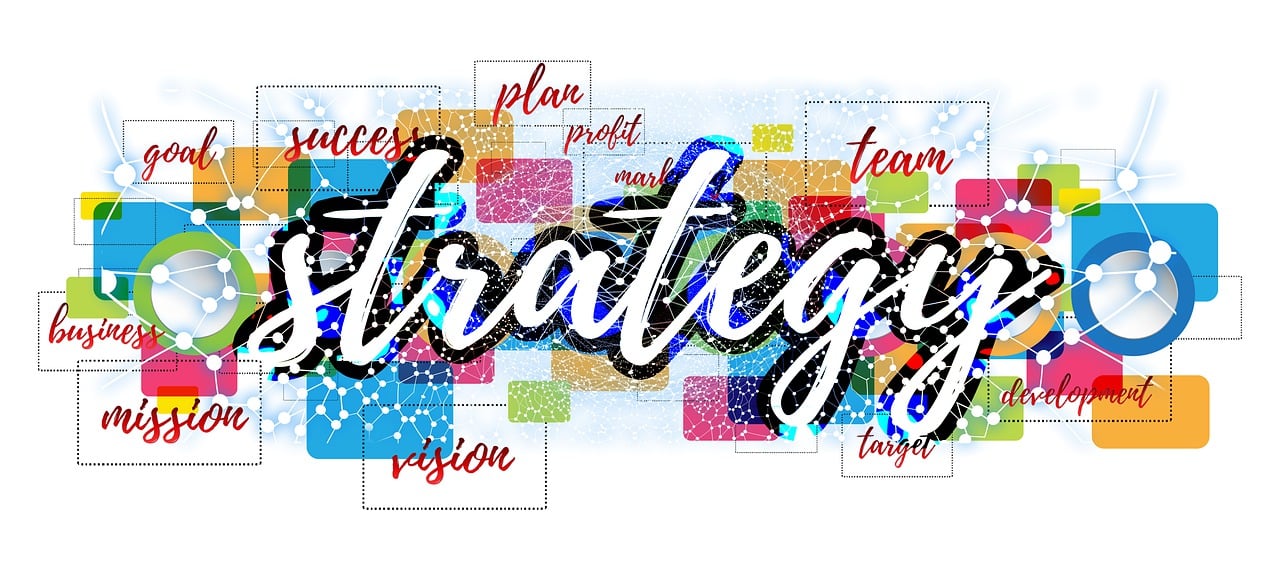
This article highlights seven tactics that visionary CEOs employ to make their organizations more customer-focused, driving both rapid growth and long-term loyalty. Key takeaways include:
- Commit to a Customer-Centric Culture
- Effective leaders infuse customer-centric values throughout every level of the organization.
- They model these behaviors themselves, ensuring everyone from senior executives to frontline employees understands why the customer is paramount.
- Invest in Deep Customer Insights
- Data and analytics are critical for revealing genuine customer needs, motivations, and pain points.
- Beyond numbers, successful CEOs also leverage qualitative methods—like interviews or social listening—to capture rich, human-centric perspectives.
- Foster Cross-Functional Collaboration
- Siloed teams can derail customer-focused initiatives.
- Bringing marketing, sales, R&D, and customer service together ensures cohesive customer experiences and more seamless innovation.
- Deliver Memorable Experiences
- Rather than focusing purely on product features, top companies create emotionally engaging, “wow” moments that strengthen customer bonds.
- User-friendly interfaces, personalized touches, and attentive service help differentiate brands in crowded markets.
- Empower Employees as Brand Ambassadors
- Employees who feel valued and aligned with the company’s purpose are more likely to provide outstanding customer support.
- Training, recognition, and trust give teams the confidence to meet and exceed customer expectations.
- Embed Agility and Innovation
- Customers’ needs evolve rapidly, so companies must adapt quickly to stay relevant.
- CEOs who encourage ongoing experimentation, rapid prototyping, and feedback loops can more readily respond to market shifts.
- Measure Impact and Continuously Refine
- Tracking metrics like Net Promoter Score (NPS), customer satisfaction, and lifetime value helps prove the ROI of customer-centric investments.
- Regularly reassessing these metrics—alongside customer feedback—keeps organizations on track and uncovers new growth opportunities.
This blog post illustrates how placing the customer at the heart of decision-making propels companies forward, ensuring resilience, differentiation, and a loyal following in today’s competitive landscape.
9. The 5 Essential Rules of Customer Observation for Greater Business Success
This is by far the most popular article on C3Centricity as it appears year after year in the top ten. Thanks to all our readers.
As a result, we regularly update to reflect changing consumer behaviours and how brands can get intimate with their customers in various ways.
In it we outline how observing customers in their natural environments can yield deep insights into their motivations, pain points, and decision-making processes.
However, to make the most of observational research, organizations should follow five key guidelines:
- Start with Clear Objectives
- Define what you want to learn from the observation and which specific behaviors or situations are most relevant.
- Having a clear focus ensures that you gather actionable insights rather than random data.
- Eliminate Bias and Preconceptions
- Observers must stay open-minded and avoid interpreting behavior solely through existing beliefs.
- Maintaining neutrality allows for genuine discoveries rather than simply confirming assumptions.
- Focus on the Details
- Look beyond what customers say to what they actually do—nonverbal cues, interactions with products or environments, and emotional reactions.
- Seemingly small details can reveal significant opportunities for innovation or improvement.
- Document Observations Systematically
- Create a structured framework (notes, checklists, recordings) for capturing findings consistently across researchers.
- This ensures reliability and makes it easier to compare, analyze, and share results.
- Translate Insights into Action
- Observational insights must be funneled into product, service, or process enhancements.
- Aligning findings with business objectives, customer journey mapping, or design thinking approaches helps convert observations into tangible outcomes.
By adhering to these five rules, companies can harness the power of customer observation to uncover hidden needs, refine customer journeys, and ultimately deliver more relevant and delightful experiences.
Ultimately, through regular connection and engagement with your customers, you can remain aware of how they are changing and adapt your offers when needed.

In this blog post, we examine strategies that help local brands successfully expand into international markets.
It emphasizes striking the right balance between maintaining core brand values and adapting to diverse cultural landscapes.
Key takeaways include:
- Understand Cultural Nuances
- Conduct thorough research into local consumer behaviors, preferences, and societal norms.
- Tailor messaging, packaging, and product features to respect each market’s unique needs without diluting the brand’s identity.
- Leverage Existing Brand Equity
- Identify which elements of the local brand resonate most strongly with current customers.
- Preserve these core strengths and build upon them to create a global brand positioning that feels authentic and compelling.
- Adopt a Flexible yet Consistent Strategy
- While visual identity and core messaging should remain consistent across regions, flexibility in execution is essential.
- Adapt to local channels, communication styles, and market-specific regulations while still expressing the brand’s essence.
- Foster Cross-Cultural Collaboration
- Involve local teams, partners, and stakeholders to ensure accurate market insights and on-the-ground expertise.
- Cross-functional collaboration reduces the risk of cultural missteps and speeds up the learning process.
- Innovate and Differentiate
- Global expansion often brings strong international competition.
- Consistent innovation—based on real customer insights—keeps the brand fresh and relevant while emphasizing what sets it apart.
- Measure Performance and Adapt Quickly
- Regularly monitor KPIs like brand awareness, market share, and customer satisfaction in each region.
- Stay agile and refine strategies as needed to address evolving market conditions and consumer feedback.
By embracing local culture, collaborating with regional experts, and preserving the brand’s core strengths, organizations can transform a successful local brand into a globally recognized—and locally loved—name.
Summary of 2024 Top Articles
So there you have them. Our ten most popular posts of 2024 on our popular CPG Blog.
Did you find your own favourites among them? Did you see any that you missed or forgot about, and have found particularly useful after having had the chance to read them (again)?
The articles which include a few from previous years but which continue to be highly popular, cover all the important aspects of customer-centricity, as well as the skills that you need to grow your brands faster and more profitably.
Overall, these ten posts make a great summary of all the important elements of adopting a customer-first strategy.
Looking to 2025, I would love to hear what topics you would like me to cover.
You can also share what challenges you know you will be facing in the coming twelve months and where a little extra support would be useful to you.
If you’re in a hurry to start the ground running by working on one of your challenges right away, why not take advantage of my FREE Business Makeover Sessions?
I always try to keep a few spots open each day to offer the opportunity for anyone to reach out for some free advice.
I know I will be able to propose a couple of atomic steps that you can immediately take to enjoy a quantum impact on your business.



